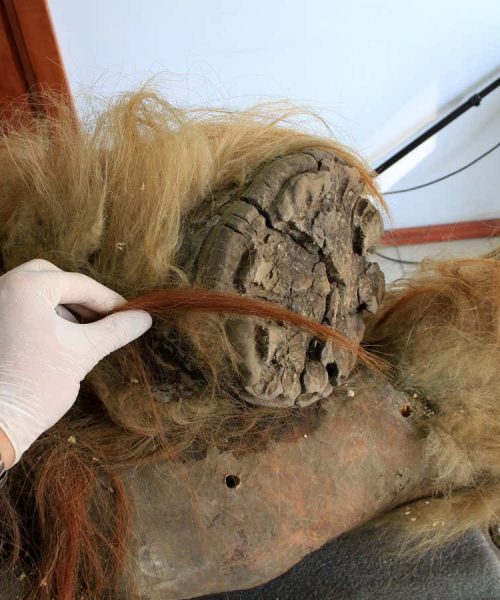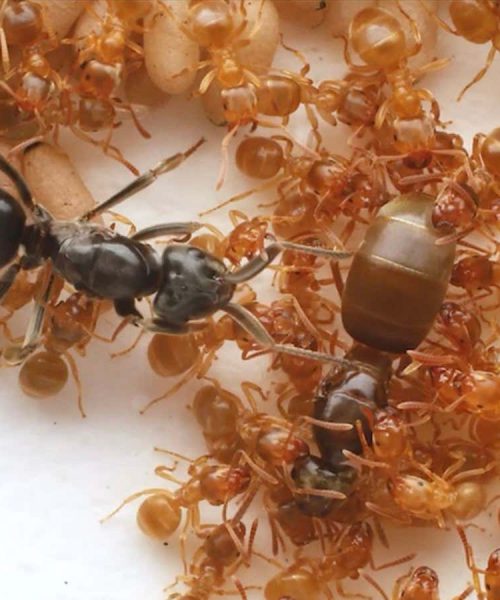
A chimpanzee mother and infant in Kibale National Park, Uganda
Dr. Kris Sabbi, Tufts University
When there isn’t much food to go around, most chimpanzees stop playing altogether to conserve energy, but mothers continue to spend lots of time playing with their young. Play is vital for the physical and psychological development of young chimps, so it might be that mothers invest energy in this behaviour to nurture their child, even when times are tough.
Great apes such as gorillas, bonobos and chimpanzees all have a penchant for playing, which includes tickling, poking and chasing each other. “Play helps to develop both motor and social skills,” says Zarin Machanda at Tufts University in Massachusetts. “It is something that babies really need to do in order to develop properly.”
Advertisement
For over a decade, Machanda and her colleagues have been observing a community of around 60 eastern chimpanzees (Pan troglodytes schweinfurthii) living in Kibale National Park in Uganda. In total, the team recorded 3891 bouts of play between 2010 and 2019.
“In 2016 or 2017, we had this incredible summer where there was just food everywhere at our field site,” says Manchanda. “And one of the things that we noticed was lots of adult chimps playing with each other.”
During times of food abundance, the team recorded at least one instance of play on 97 per cent of observation days, but this dropped to just 38 per cent when food was scarce.
Mother chimps, however, kept playing with their children at even higher rates during these low food availability periods.
“That was really surprising,” says team member Kris Sabbi at Harvard University, as food is generally more important to female chimps because the energetic cost of reproduction is so high.
During periods of food stress, chimps tend to spend more time alone to avoid competition for resources, which means mothers often become the only social partner for their babies. As a result, mothers spend even more time playing with their children to make up for the lack of socialising with peers and other adults.
“The fact that moms are continuing to play with their babies at a cost to themselves indicates how important it is for their development,” says Machanda. “It’s almost like the hidden cost of motherhood.”
Topics:





